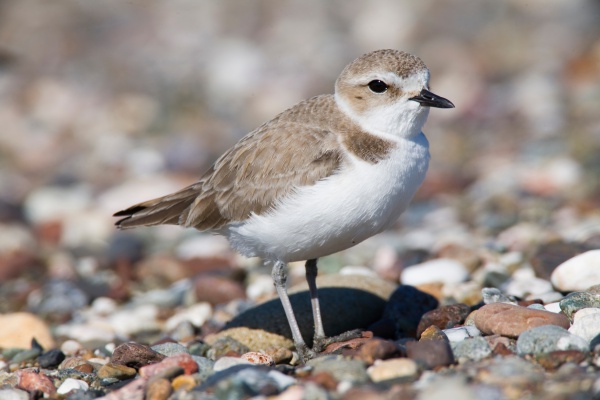Facts About Snowy plover
The snowy plover is a small, enchanting bird that frequents shallow waters. These delicate creatures can be observed in regions such as Ecuador, Peru, Chile, the United States, and the Caribbean. Formerly classified as a subspecies of the Kentish plover, the snowy plover is now recognized as a distinct species by scientists.
These birds face significant challenges, particularly from human activities on the beaches where they nest. During the winter, snowy plovers migrate to coastal areas, adhering closely to their preferred locations to forage. Utilizing their keen eyesight, they feed on small crustaceans, marine worms, and insects.
In 2009, genetic research confirmed the snowy plover's distinction from the Kentish plover. These birds can be differentiated by their leg length, coloration, and plumage. Snowy plovers prefer to breed on sandy beaches and near brackish inland lakes, where they lay three to five eggs at a time. Interestingly, their migratory patterns can vary depending on the population.
In the United States, the western snowy plover is considered a threatened species. Conservation efforts are actively underway to protect their nesting grounds; however, despite these measures, their numbers are still declining. Currently, only about 2,500 breeding pairs remain along the Pacific Coast.
Institutions like the University of California, Santa Barbara, and Vandenberg Air Force Base are diligently working to protect these birds. Their efforts concentrate on safeguarding nesting sites and promoting reproduction. To help snowy plovers thrive, access to these protected areas is restricted to minimize disturbances.
